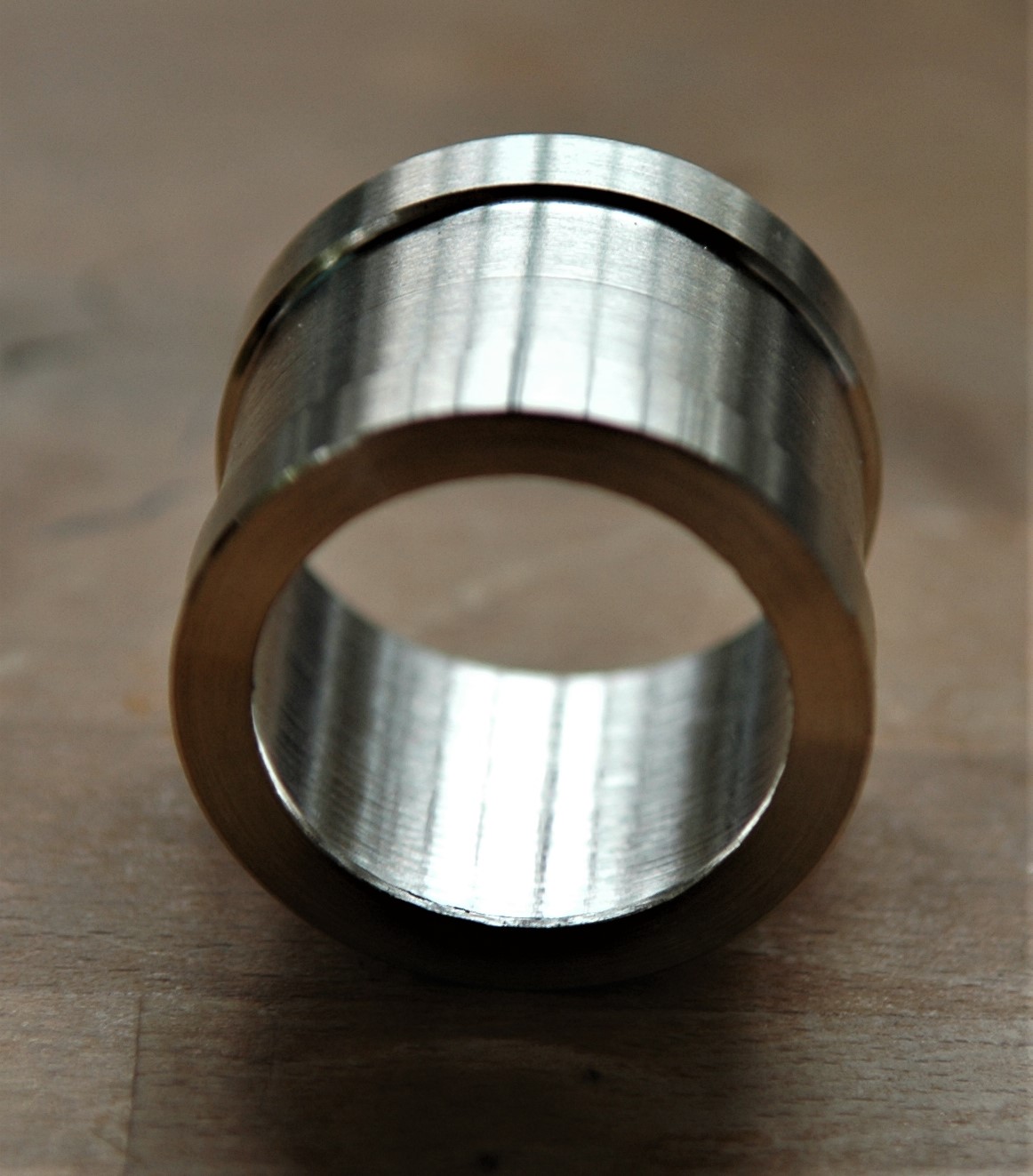-
Lohff & Pfeiffer
About Lohff & Pfeiffer
Iimprint
Contact
Newsletter
Location
L&P team
- Instruments
General
Trade options
About clarinet
Search specific instrument
Ab-clarinet
Eb-clarinet
D-clarinet
C-clarinet
Bb-clarinet
A-clarinet
Mozart basset-clarinet A
G-clarinet
Bassethorn F
Alto-clarinet Eb
Bass-clarinet
Contraalto Eb-clarinet
Contrabasse Bb-clarinet
German-Albert system Bb
Reform Boehm A & Bb
Peter Bastian Instruments
Plateau clarinets
Quartertone clarinet
- L&P Optimization
Optimization
Customization
Specialities
Special Keywork
- Accessories
General
Care products
For instruments
Reeds
Tools for reeds
Straps and hand rests
- Repair
Book time
About Repair
Maintenance
Plating-Surface treatment
Pads
Padding style
Cracks
Tone hole problems
Joints
- Tips & Advice
How to..
Videos
Worldwide external information
Problems & help
Education & learning

Conical metal tenon sleeve.L&P conical metal tenons
Tapered metal tenons
At the factory, many tenons are slightly conical, so that the diameter at the end of the tenon is about 0.2 mm larger than at the beginning. This has the advantage that the individual parts of the instrument can be pushed together without resistance. If the diameters are matched very precisely, this results in a very good mechanical and acoustic connection, since then the connected parts always resonate together like a body.
Disadvantages
1. If the instrument has a pure wood tenon, the moisture can cause the different body parts to expand or contract differently. Then it becomes problematic to collect the instrument parts properly, they can get caught in each other, possibly not being able to be pushed together completely and the instrument is too long.
2. Disassembling can also cause problems.
3. The conical tenon has only one point at which the instrument is securely assembled. It is almost impossible to pull out the different parts, which could sometimes be advantageous in terms of intonation, because it would quickly create a leak.
L&P tapered metal tenon
To fix the moisture problem, we offer tapered metal tenons and receivers. A change in the diameter is excluded here. However, there is also no possibility of partial undressing there. If this is desired, the cylindrical metal pin is the better solution. LP Cylindrical metal tenon
.
Conclusion
Perhaps the best combination is a cylindrical metal tenon between the upper and lower joints, which enables pulling out and a conical metal tenon to the barrel. This allows freely choosing between different barrels and increases the response and focus of the sound.
Help us to get better
Was this article helpful?
Comments, additions or questions are always welcome at: info@clarinet.dk(C) 2014 - by Lohff & Pfeiffer - Brøndbyvej 211 - 2625 Vallensbæk + 45 3535 8643 - SE DK 1895 7485 info@clarinet.dk - Instruments






